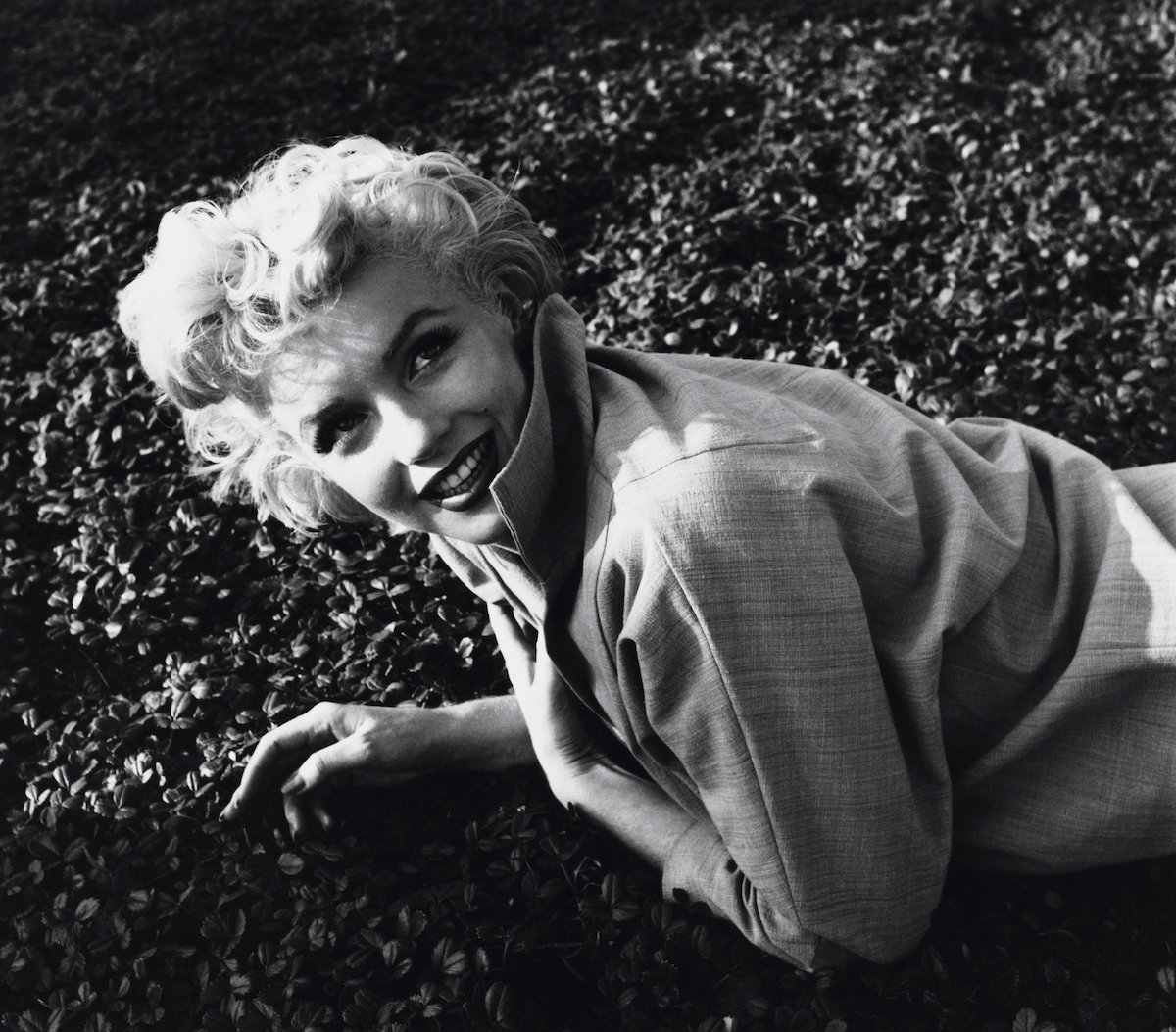Being Marilyn Monroe Was a ‘Nightmare’ According to ‘Blonde’ Director Andrew Dominik
Blonde director Andrew Dominik is prepared to take audiences on a dark journey, saying his vision of Marilyn Monroe’s life in his upcoming movie, Blonde is akin to a “nightmare.”

Andrew Dominik’s Marilyn Monroe film, Blonde
Though director Andrew Dominik’s film is a fictional imagining of Marilyn Monroe’s story, it seems likely he will be delving more into the darker sides of her life as he told Collider that he saw Monroe’s life as a “tragedy,”
“It’s sort of like an unwanted child who becomes the most wanted woman in the world and has to deal with all of the desire that is directed at her, and how confusing that is. It’s kind of a nightmare. It’s about being in a car with no brakes. It’s just going faster and faster and faster.”
Dominik’s Blonde has also received an NC-17 rating by the Motion Picture Association (MPA), with the director responding to the rating of the film in his interview with Screen Daily, saying, “It’s an NC-17 movie about Marilyn Monroe, it’s kind of what you want, right? I want to go and see the NC-17 version of the Marilyn Monroe story.”
Despite the film’s rating, Netflix has agreed to let Dominik release the film he envisions, so only ratings will tell if people want to see the NC-17 version after all.
Marilyn Monroe may have suffered from severe anxiety
While the name Marilyn Monroe is often spoken in awe of the legendary icon, it seems some saw beneath the actors’ calm exterior. Monroe’s co-star in the 1956 film Bus Stop, Don Murray, claimed that Monroe suffered from severe anxiety, telling Closer Weekly that “she was very, very nervous. She’d break out in a rash every time we’d shoot a scene.”
The actor went on to say that he was instructed to “cover her” if Monroe accidentally exposed herself in intimate scenes and “move her” if she was off her mark after the actor had several instances where she appeared too anxious to do her job.
This intense anxiety led to her only being able to perform for short periods, with Murray claiming that Monroe, “would lose track of scenes very quickly, so they had to put her performance together out of small pieces.”
The actor also had a bit of an issue on the set of Billy Wilder’s Some Like It Hot when Monroe initially refused to do the film in black and white, as she believed she shot better in color. Monroe eventually relented, however, when she saw test shots that revealed that Tony Curtis and Jack Lemmon’s makeup took on a sickly green color when not filmed in black and white.
Marilyn Monroe spent time in a psychiatric clinic
According to Far Out Magazine, after finishing her film The Misfits (which would be her last), Monroe was admitted into the Payne Whitney Psychiatric Clinic in New York where she spent four days in a padded cell. In letters to her psychiatrist, Monroe details her experience within the facility, during which, at one point, Monroe smashed a chair into glass and threatened to use a shard on herself:
“I went over with the glass concealed in my hand and sat quietly on the bed waiting for them to come in. They did, and I said to them ‘If you are going to treat me like a nut I’ll act like a nut.’”


